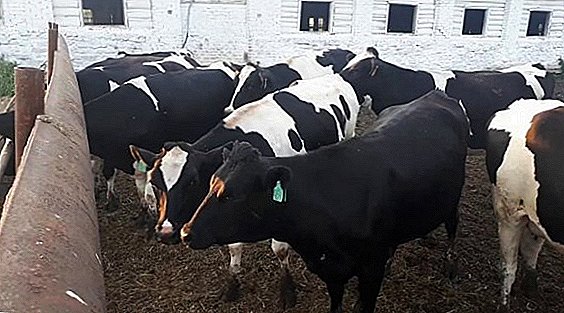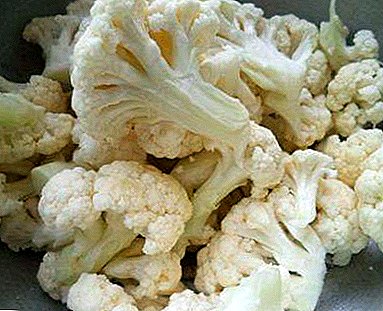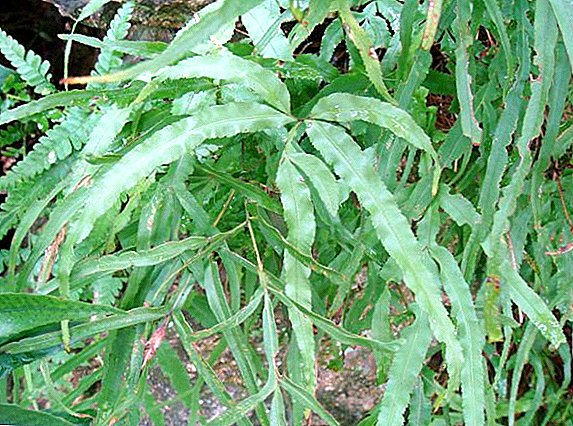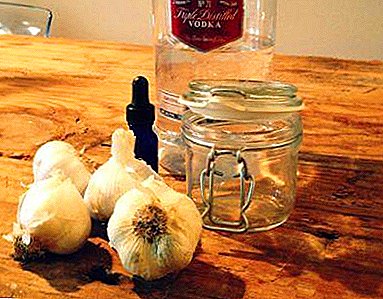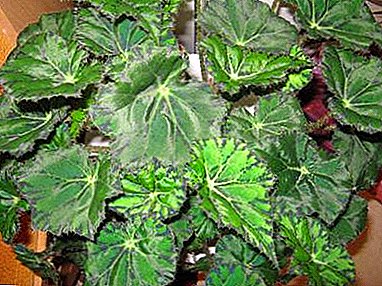
The outward resemblance of the Russian Pestrus from folk tales to a horned individual from a herd of an Austrian or Belgian farmer is explained by the fact that the ancestors of a breed popular in Russia and in Europe grazed on fragrant meadows of the Swiss Alps.
The origin of the breed
The brand name "Simmental breed" belongs only to cows that have hereditary species connections with the large horned from the Bernese Oberland.
Breeding characteristics of the breed were formed from the livestock of Gothic cattle as a result of centuries of interspecific crossing and natural selection.
Steel selection criteria worth currently existing simmentals and a sign of the breed:

- short, overweight with short legs;
- milk production (60%);
- ability to adapt;
- appeasable temper;
- strong health, disease resistance.
Breed bred in 84 geographic regions and makes up a quarter of the livestock of cattle spent on the books of registration.
This kind of cows came to our country 2 centuries ago through the "advanced" landlord farms that actively spread this breed in the Tula, Smolensk and Voronezh regions. Simmental cows became the basis of breeding work on the breeding of highly productive dairy breeds.
Specifications
- The visual assessment of the features of the species always begins with the suit. Simmental skin is thickmore often the color of straw with a pink tint, in large white spots. Less often, cows have red-motley sides. Defines color:
- climatic zone of cultivation;
- conditions of keeping and feed;
- breed purity.
- The head is large, wide, on a thick (medium length) neck; with sharp light horns (modern simmentals, even bulls, more often - hornless); characterized by a white or pink nasal mirror;
- The body is heavy, but proportional, on solid bones; with deep but wide breasts (the bulls have dewlap). The height of the cows (at the withers) is 1.35, the bulls are 10 cm taller;
- Withers and muscular wide croup reliably rest on straight, short legs. A feature of the species is the "elephantiness" of the hind limb
- The cow's udder is large, cylindrical in shape, with noticeable differences in the development of the front and rear; nipples are long, wide.
Interesting: A product that is made in Switzerland from the milk of Simmental cows has also acquired brand status as Emmental cheese. His circle weighs 75 kg, or even 130. This is the main element of the Swiss fondue.
A photo
Photo "Simmental" breed cows:




Productivity
These cows justify their meat and dairy purpose with profitability - 100%:
- the mass of an adult animal - from 400 to 700 kg; bull-calves of this species, grown for slaughter, weigh 350 kg, heifers - less by 50 kg; fattening is effective throughout life; cow muscle tissue has thin layers of fat on the back, however, the yield of pure meat in comparison with the volume of bones is small;
- with dairy specialization, the productivity at the peak of 5-6 lactation increases to 3-6 thousand liters (records are recorded: 10-12 thousand liters per year); the stability of milk yields at 2-3 single milking remains until 14 years old;
- Simmental milk has high fat content (3,7-4,2%), while maintaining a pleasant taste;
- unplanned change of specialization (dairy to meat) can serve as objective reasons: the manifestation of the first signs of the disease, udder defect, injury;
- the reproductive process is characterized by early sexual maturity (in chicks from 8 months, in bulls from 1.5 years);
- pregnancy - calving pass without complications, the newborns are immediately ready to move after the mother;
- another pregnancy in a cow may occur several weeks after calving;
- first calving falls on 31st month of life;
- to preserve the signs of the breed, they use the bulls-producers of their own flocks and breeding reproducers of Austrian selection;
- animals are unpretentious to the conditions of detention, feed, adapt well to the new diet, climatic conditions of any latitude;
- however, this breed requires intensive, balanced feeding to maintain productivity;
- being heavyweight by constitution, even Simmental bulls behave calmly, displaying appeasable temper.
There are also other dairy breeds of cows, such as: Kholomogorskaya, Yaroslavl, Jersey, Ayshirskaya, Red Steppe.

Important: In breeding simmentals one cannot be sure that the next generation will appear without defects in the exterior. Interspecific hybrids do not lose the signs of the breed with blood less than 50%.
Care and feeding mode
The rules for cattle care include:
- Requirements for keeping cows:
- warm barn (t◦ = 4◦ to 20◦С) without cracks and drafts;
- natural exhaust ventilation;
- moisture-proof floors (wood, brick);
- internal sewage;
- bedding of straw, peat or sawdust (turnover 2 times a day);
- fenced winter walking with renewable thick bedding;
- summer (loose, replaceable) grazing with a canopy from the rain and sun;
- cows can be watered only with room temperature water;
- cows daily brush their wool and wash their places of contamination with warm water;
- the daily routine, observing equal time intervals, should include cleaning, milking, feeding (for this breed 4 milkings are recommended in the summer period and 3 in the winter).
- For high productivity of animals of this breed should be compiled the optimal diet:
- diverse;
- corresponding to the season;
- breeding direction;
- physiological period of development.
Important: For the northern regions, there is a wide spread of cows on a dung bed, which improves the winter t◦C of the barn microclimate.In this case, the daily cleaning of manure is replaced by bedding, and in the spring all accumulations are removed from the stall.

It is calculated:
- old: 1 feed unit - 1414 kcal (nutritionally 1 kg of oats);
- in a new way: on 1 ECE (energy feed unit) - 10 MJ of exchangeable energy (4.2 J = 1 cal).
For highly productive animals feed selected individually. The diet of Simmental cows is made up of:
- succulent fodder (pasture grasses or sowing grasses; silage - crushed fermented mixture; vegetables and root crops);
- coarse feed (hay, straw, threshing waste of cereal and leguminous plants);
- grain concentrates (bran, cake, meal);
- vitamins (E, D, A), minerals - Ca, Mg, P, Zn, Na, Se, NaCl; both the disadvantage and the excess of these elements are important.
Important: In pregnant cows with an increase in metabolism by 25%, the need for protein increases, which in the diet is supplied by bean hay, silage, and haylage. Excess protein can complicate childbirth.
Health
Cattle have a set of diseases inherent only to it:
- tympania (a disease provoked by putrefactive bacteria that have entered the cow’s body with summer green food);
- obstruction of the esophagus (with a greedy eating of uncut root by a cow);
- traumatic reticulitis (inflammation of the mesh damaged by foreign objects in food);
- ringworm (fungal disease; affects the head and limbs);
- necrobacillosis (tissue necrosis, as a result of infection in the interglacial crevices, the udder, the oral cavity);
- mastitis (inflammation of the mammary glands of the udder).

However, for the Simmental breed only mastitis is dangerouswhich reason can be:
- udder defects;
- low landing body;
- milking rules violation;
- injuries and infection of the udder;
- the detention of the placenta;
- endocrine disruptions in the body.
Along with medication treatment plays an important role disease prevention:
- udder overcooling warning;
- exclusion of injuries, infections;
- compliance with the rules of feeding and care.
Simmental cows are a good choice for private or farm farming. Even interbreeding with other breeds, they dominate, passing on to offspring their best qualities of universal productivity.



